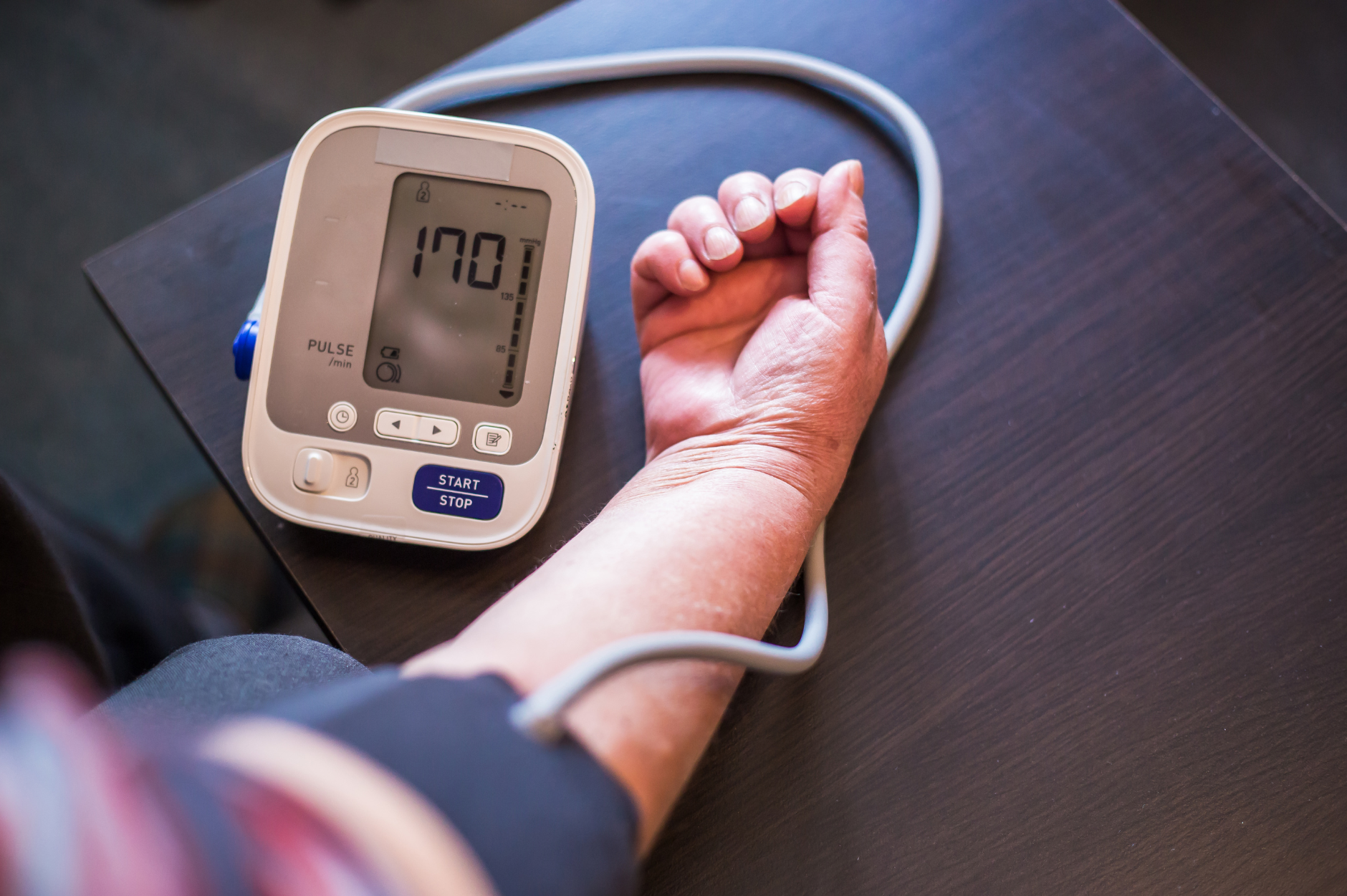Low blood pressure, also known as hypotension, can commonly affect older adults. It is usually characterized by blurry vision, confusion, dizziness, fainting, lightheadedness, nausea, vomiting, and weakness. Here are some viable tips that can help manage hypotension in old age.
Stay Hydrated
Ensuring sufficient hydration plays a critical role in managing low blood pressure. Dehydration exacerbates hypotension and sometimes can lead to unfortunate events. Adequate hydration not only supports cardiovascular health but also safeguards against abrupt drops in blood pressure. In old age, we should take at least 1.7 liters (i.e., 6 to 8 glasses) of fluids daily.
Avoid Abrupt Changes in Position
Orthostatic hypotension, the abrupt drop in blood pressure upon standing, becomes more prevalent in older adults. We can mitigate this risk by gradually standing from a lying position instead of doing it abruptly. Moreover, simple leg exercises while seated can stimulate blood circulation, minimizing sudden blood pressure fluctuations and reducing the likelihood of dizziness and falls.
Take Balanced Nutrition with Salt Intake
A balanced diet is essential for managing low blood pressure in old age. We should consume nutrient-dense foods such as fruits, vegetables, whole grains, and lean proteins. Furthermore, we can add salt intake to our dietary needs, acknowledging that a moderate increase may benefit some while cautioning against excessive use due to potential implications for other health issues like hypertension.
Pro Tip: Large, heavy meals can temporarily drop blood pressure, particularly in older adults. Opting for smaller, more frequent meals maintains a steady nutrient supply, preventing abrupt fluctuations in blood pressure.
Do Regular Physical Activity
Physical activity can keep us in check of our cardiovascular health, particularly in old age. We should do regular, low-impact exercises, such as walking, swimming, or gentle yoga, for at least 30 minutes daily or 150 minutes weekly. Exercise enhances blood circulation, strengthens the heart, and aids in blood pressure regulation.
Medication Oversight and Regular Monitoring
Medication management and regular check-ups may also be needed in some cases. So, we should consult with our healthcare professional to get an expert review of our condition. Common medications used for hypotension include Mydrodrine, Fludocortisone, and Droxidopa.
Pro Tip: Some medications like blood pressure-lowering drugs and diuretics (water pills) can also cause hypotension in old age; that’s why we should consult with our healthcare professional to review our current medication regimen.
Use Compression Stockings
Compression stockings are specially designed stockings that apply gentle pressure to the legs, promoting blood circulation and preventing pooling. These stockings can significantly reduce the severity of orthostatic hypotension symptoms, relieving dizziness and lightheadedness.
Take Home
In conclusion, managing low blood pressure (hypotension) in old age requires a multifaceted approach. Staying hydrated, avoiding abrupt changes in position, maintaining a balanced diet with moderate salt intake, engaging in a tailored exercise routine, reviewing medications, and considering compression stockings for orthostatic hypotension can help manage hypotension. These proactive measures can enhance cardiovascular health and mitigate the risks associated with hypotension in older adults, promoting overall well-being.

